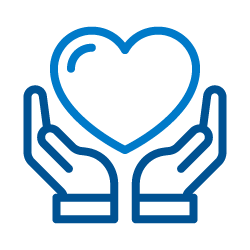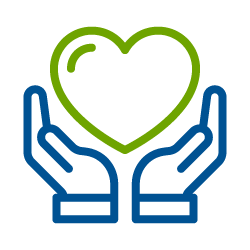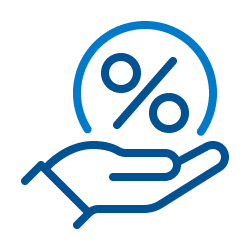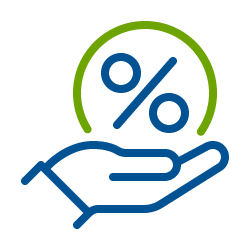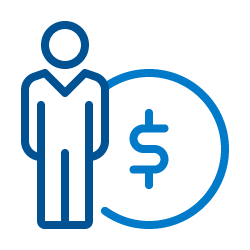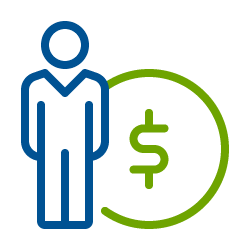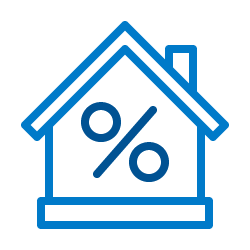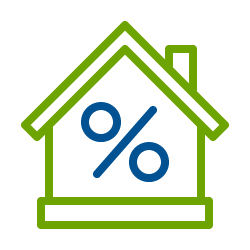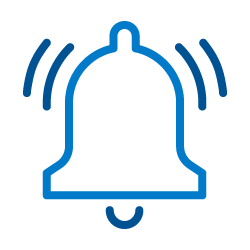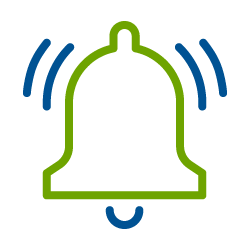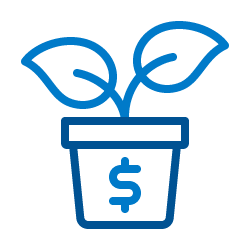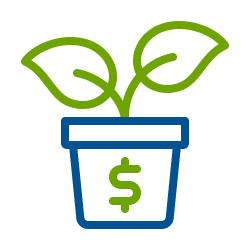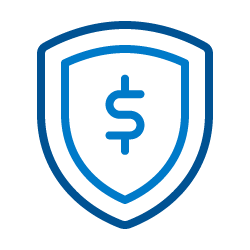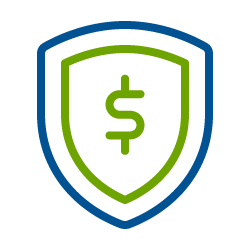Identifying Fraudulent Checks
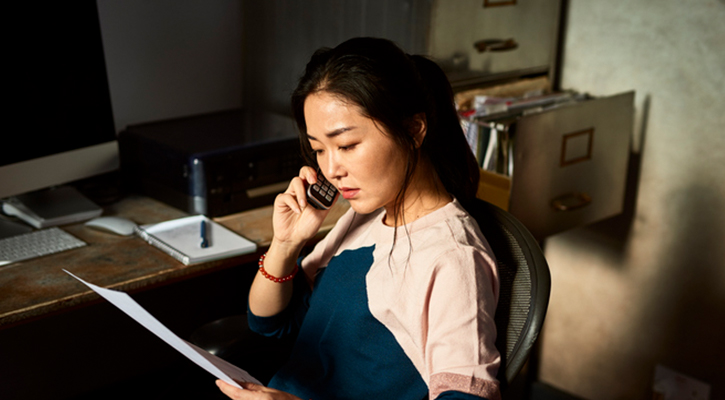
We all love getting paid, but not every check out there is real. Whether you’re selling something online or have just received an unexpected check in the mail, it’s best to be cautious.
Have you or someone you know received a check recently?
Follow these steps to identify a fake check:
1. Inspect the check
Do not deposit the check if any of the following are true:
- An unusual check amount: The check shouldn’t be written for more money than you expect. Make sure the figure is exact if you’re accepting a check for an item you’re selling locally, or any other transaction.
- Mismatched personal details: Confirm that the payee’s name and business or personal address are real and match what you know about the person paying you. Look any businesses up on the Better Business Bureau website and perform a general search online.
- Missing items or other red flags: The check might be missing a signature, a bank address or logo, or security features such as watermarks or padlock icons. Fake checks can have misspellings, too.
Whether it’s a personal, business, Cashier’s, or certified check, it’s always best to check for red flags. But the check itself shouldn’t be the only thing you consider when trying to identify fraud.
2. Ask yourself why you received the check
If you received a check in the mail that seems odd, figure out who’s giving you money and their motive. Research the person or company to see if the payment makes sense and check any emails you had with them.
We are here to help. If you ever question why you have received something, trust your instincts and ask for help verifying the check. If it seems too good to be true, it usually is.
3. Don’t use the money
If you’ve deposited a check that you suspect may be fraudulent, don’t spend the money.
When you deposit a check, it has to go through a process to be cleared. This can take days, sometimes weeks, depending on the check type. While the money may be available in your account on good faith, we might not have completed the process yet and identified a check as fraudulent.
If the check bounces, the amount of the check will be deducted from your account. If you’ve already spent the money, that might mean ending up with a negative balance and an insufficient funds charge.
Receiving money that you didn’t ask for is like getting a pizza delivery when you didn’t place an order. You question where it came from, and you figure that it might not be safe to eat. Fraudulent checks might show up in the same way, but just like the unexpected pizza, you should be careful.
If you know someone who’s received a check recently, please share this information with them, too. For more information on fraudulent schemes, check out Avoiding Scams During Desperate Times.

